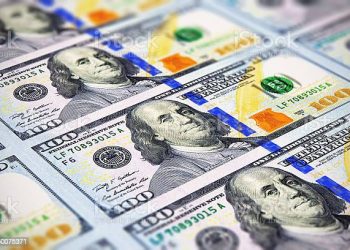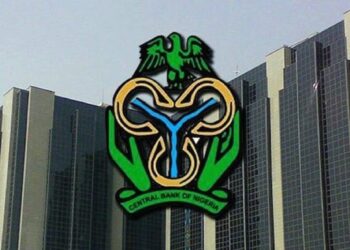The Naira ended September 2024 at its weakest level in seven months on the parallel market, trading at N1,700 per US dollar, a drop not seen since February 2024. This decline contrasts with the slight improvement observed in the official NAFEM window, where the Naira closed at N1,541/$, representing a 2.77% appreciation from its rate of N1,585/$ at the start of the month.
While the official exchange rate showed modest recovery, the parallel market rate’s decline highlights ongoing challenges in Nigeria’s foreign exchange market.
Official Market Performance
In the official market, the Naira’s performance in September was its strongest since June 2024, when it closed at N1,505/$. Over the previous months, the currency had settled at N1,608/$ in July and N1,598/$ in August, marking a period of fluctuation as the Central Bank of Nigeria (CBN) worked to stabilize the market.
September also saw an uptick in foreign exchange (FX) turnover, with the daily trade volume hitting $334.05 million on September 26, 2024, the highest since July. This surge came after the CBN announced the sale of $20,000 to Bureau De Change (BDC) operators at N1,590/$, aiming to inject liquidity into the market.
CBN Interventions and Policy Measures
The CBN’s efforts to stabilize the market extended beyond dollar sales. In September, the bank raised interest rates for the fifth consecutive time, increasing the Monetary Policy Rate (MPR) by 50 basis points and tightening the Cash Reserve Ratio (CRR) for commercial and merchant banks. The CRR for commercial banks was raised by 500 basis points to 50%, while merchant banks saw a 200 basis point increase to 16%. These measures were part of a broader strategy to control money supply and curb inflationary pressures, which are closely linked to exchange rate fluctuations.
FAAC Disbursements and Foreign Reserves
The CBN also pointed to a link between monthly disbursements from the Federation Account Allocation Committee (FAAC) and rising FX demand. The central bank stated it would monitor future FAAC allocations to manage their impact on the market.
On a positive note, Nigeria’s foreign reserves grew by almost 5% in September, climbing from $36.24 billion at the beginning of the month to $38.06 billion by its close. This increase in reserves offers some optimism amid ongoing volatility in the exchange rate.
Outlook
Despite the Naira’s struggles in the parallel market, the central bank’s interventions, including tighter monetary policies and increased FX liquidity, signal continued efforts to stabilize the currency. Analysts will closely watch future developments, particularly in the official market, where improvements have been recorded. However, the wide gap between the official and parallel market rates remains a concern for investors and businesses alike.
The CBN’s strategies in the coming months will be crucial in determining whether the Naira can regain more ground or continue facing downward pressure in Nigeria’s complex economic landscape.










